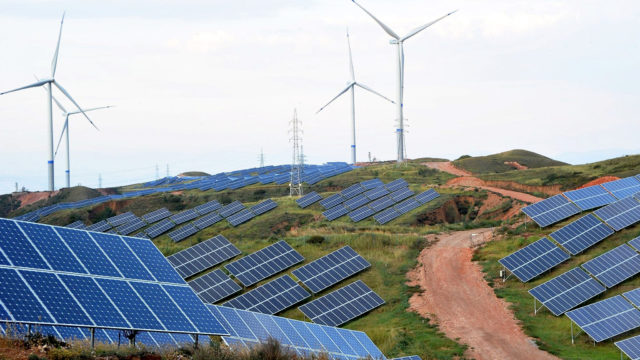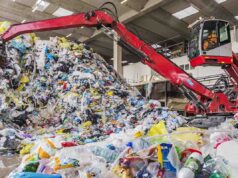Renewable energy, often referred to as clean energy, is a common phrase. It is used to define energy that comes from natural sources or processes that are constantly replenished. It is fronted as the best alternative to the fossil fuels that are responsible for environmental degradation around the world. In this two part series, NATHAN KIWERE looks at how renewable energy can be a useful antidote to environmental destruction.
It is not uncommon these days while traversing the different regions of Uganda to sight solar panels positioned on rooftops of small and medium-size houses. Even homes that don’t fall in the brackets of ‘high society’ are increasingly getting access to solar technology for various reasons, proving the point that it is no longer a preserve for the few.
The reasons for its prevalent use may be attributed to limited access to hydroelectricity in the rural areas against the low cost of connection and maintenance of solar power. Resorting to solar power is testament to the new phenomenon of turning to renewable energy, largely for domestic use. Besides the numerous benefits that its users can count, the environmental dividends of this increasing trend holds much potential for the future of environmental conservation.
While renewable energy is often thought of as a new technology, harnessing nature’s power has long been used for transportation, lighting, growing crops, staying warm, drying foods and much more. That said, in Uganda today, wood and it fuel byproducts is by far the most used source of energy. In rural areas, firewood is exceedingly the most commonly used fuel for cooking. In the urban areas, majority of homes, including many affluent ones, depend of charcoal as the main form of fuel, besides gas and electricity. This trend that doesn’t seem to show any signs of abetting in the foreseeable future is taking its toll on the environment.
Shift from nonrenewables
Nonrenewable or ‘dirty’ energy includes fossil fuels such as oil, gas and coal. Nonrenewable sources of energy are only available in limited amounts and take a long time to replenish. For instance, when we pump gas at the station, we are using a finite resource refined from crude oil that has been around since prehistoric times.
Nonrenewable energy sources are also typically found in specific parts of the world, making them more plentiful in some nations than others. By contrast, every country has access to sunshine and wind. Uganda particularly boasts of all-year-around supply
of sunshine – even during the wet season – which guarantees interminable solar resources.
Many nonrenewable energy sources can endanger the environment or human health. For example, a simple online search reveals how the technology associated with fracking can cause earthquakes and water pollution.
Solar energy
According to the East Africa Solar Energy Report 2019, the Eastern Africa region has been hailed as prime location for solar energy development because it experiences very high levels of solar irradiation throughout the year.
However, in terms of energy access, the region has the highest share of ‘unelectrified’ inhabitants on the continent. Even those that are fortunate enough to have access to electricity most often experience a service that is unreliable and expensive.
These two factors are the main drivers for the development of solar energy systems in the region, according to the report. Chris Wegoye is the proprietor of Easy Energy, a solar power resources distributor and service provider based in Kyanja, Kampala. He explains that the prospect of solar power as the future of clean energy would be rosy only if the people got to understand how it works and the different aspects of it.
“Most people think about solar solutions only in terms of light bulbs, yet the solar power technology has developed to support several functions, including water heating, powering gadgets and a lot more,” he says. His company has been involved in importing and installation of solar power solutions around the country for a couple of years now.
According to Wegoye, solar, or photovoltaic (PV) cells are made from silicon or other materials that transform sunlight directly into electricity. Distributed solar systems generate electricity locally for homes and businesses, either through rooftop panels or community projects that power entire neighborhoods.
Solar energy systems don’t produce air pollutants or greenhouse gases, and as long as they are responsibly sited, most solar panels have few environmental impacts beyond the manufacturing process.






















